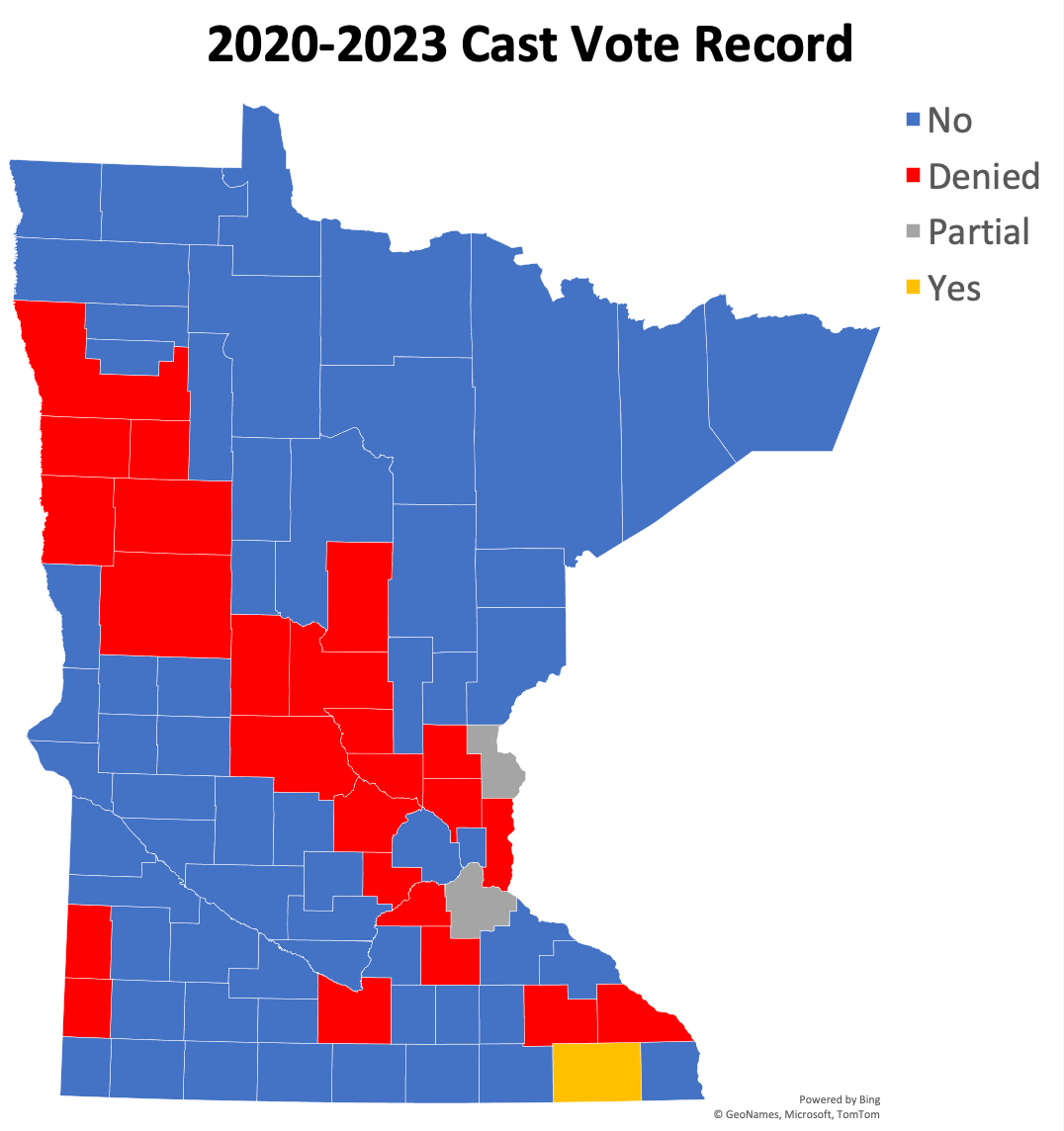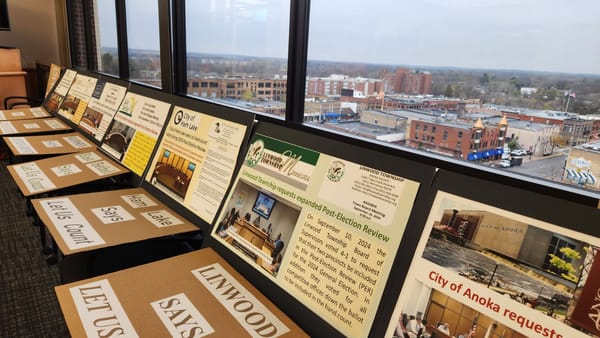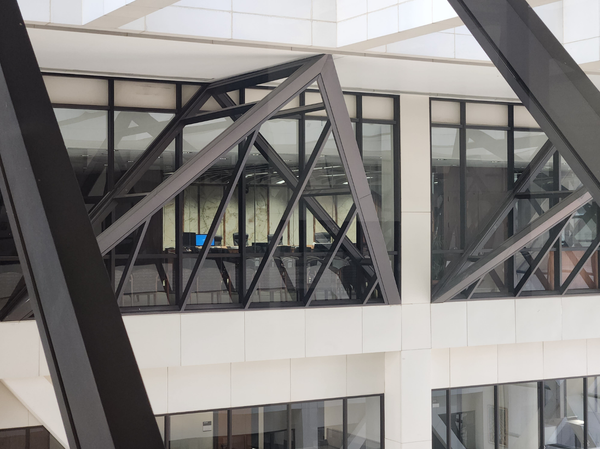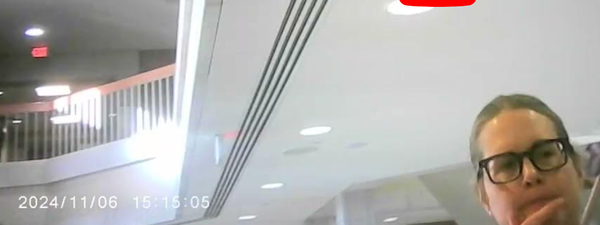Minnesota Elections are a facade
Because your government will not show you the most basic receipts from recent elections; if we cannot even see the internal audits, why use the machines at all?
In the early 2000s an internal audit functionality was a tradeoff for going away from public hand counts to non-public electronic tabulation. This became a national standard in 2005 which was adopted by Minnesota.
The internal audit is called a cast vote record.
This automatic audit is performed by the tabulators themselves, producing 1) a ballot image AND 2) an interpretive file of that image. Along with the paper ballots, there are three points of reference which theoretically could be used to ensure the tabulation of ballots is accurate (so far this has not been done in Minnesota for any election, ever, despite significant encouragement from the public).
Meanwhile, Minnesota counties actively hid the cast vote record from the public the last 18 months (since citizens began asking for it) and then the legislature passed a bill banning their release last week on the last day of the legislative session.
“Transparency is inoculation against conspiracy theories.” - Rick Weible
Why then change a law to make public election data (still public in every other state in the country) non-public?
One reason might be because it has already been confirmed by multiple counties that absentee ballots were put through the machines (tabulated) prior to polls closing on election day, which is illegal. The CVR would confirm that.
The fact that only 1 out of 87 cast vote records from the 2020 General Election and 0 out of 87 cast vote records from 2022 Midterms is not the only reason I’ve concluded that Minnesota elections are a facade, but it is a pivotal one—read this book (free) for more.
To learn how to submit these data requests, read this article.

The efforts made to bring these records to light
Citizens all around Minnesota have been engaging their counties for about a year and a half to share these reports because they are a very useful internal audit showing, in theory, 100% of the ballot images and the interpretive files of those ballot images corresponding to votes. These can be put together and analyzed, like Jeff O’Donnell did here. (Current Minnesota election process reviews less than a quarter of 1 percent of all ballot positions—usually the top 2 or 3 races on about 3% of precincts within a county. That is a far cry from the kinds of audits a bank, CPA, or IRS agent would do. And since your vote represents your voice, auditing elections is far more important.)
Fillmore County was the only county in Minnesota to share their 2020 General Election CVR with the public. Good on them.
But no other Minnesota county has done so despite very long email chains between citizens and their local county offices.
Below is a response from an election coordinator. It is confusing if you do not already understand how tabulators work. If you know how they work the response suggests the election coordinator is lying knowingly or unknowingly.
To the email from the EAC, I agree with the information they provided. Our DS200s are certified under their VVSG guidelines and has the capability to save a cast vote record if we turn ballot imaging on. As referenced in my response, for numerous reasons, we do not have any equipment capture ballot images. As a result, no cast vote record is built.
The references in the VVSG that you mentioned are for reports that the equipment generates, such as the Tabulator Summary Count, but again CVRs are only generated for ballot images. If our equipment captured ballot images, we would have a CVR report that would need to meet requirements laid out in the VVSG used for that equipment’s certification. Since we do not capture ballot images, there is not a report built.
I’ll also reply here to your other email from today. Washington County purchased the DS200s between 2013 and 2014 and the equipment currently has EVS 5.1.1.0.
The county personnel here says “since we do not capture ballot images…” but the ballot images are ALWAYS saved by the tabulator and stored in the thumb drives.
If we cannot even see the internal audits, why use the machines at all?




